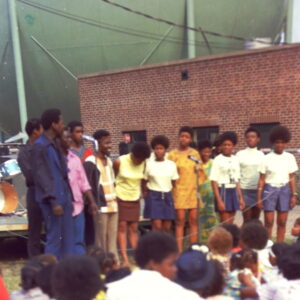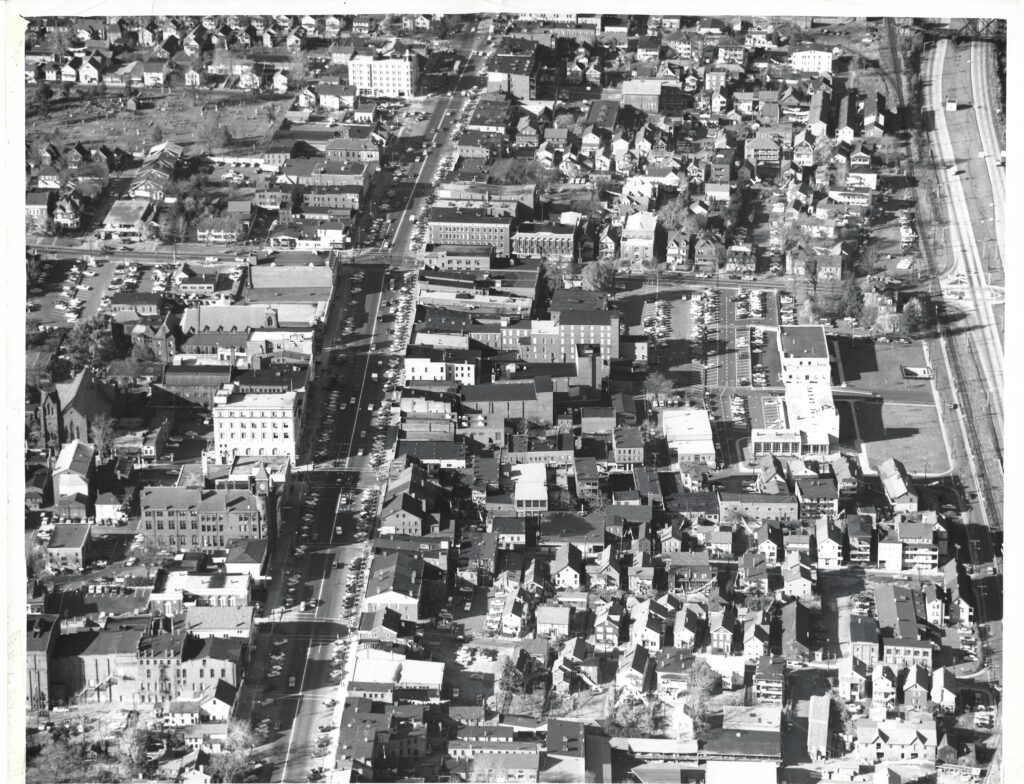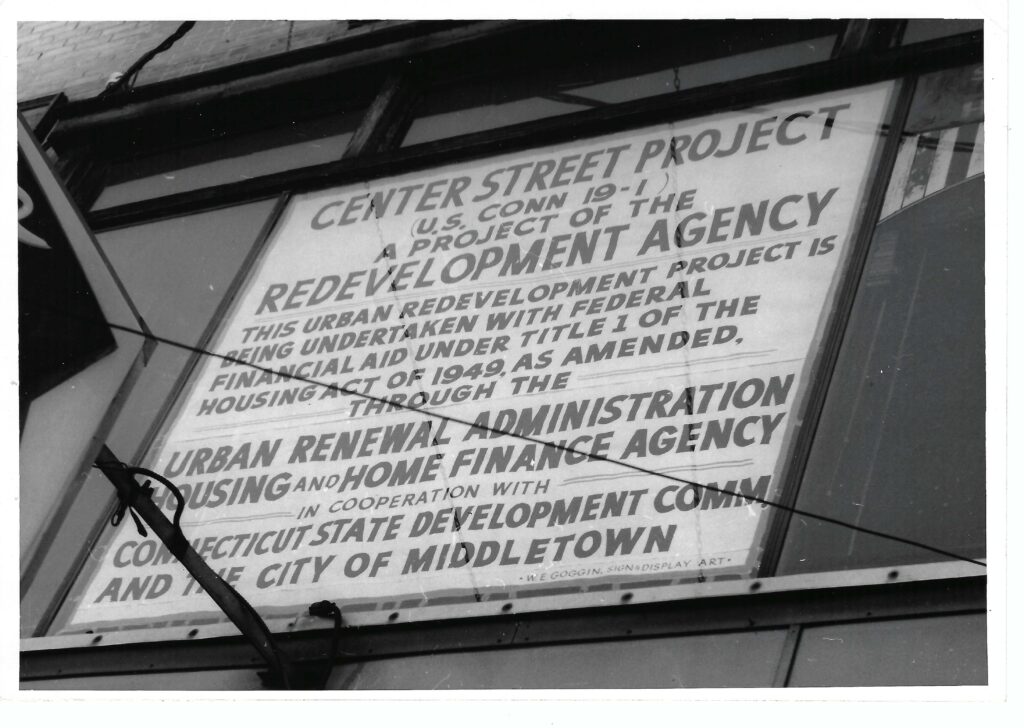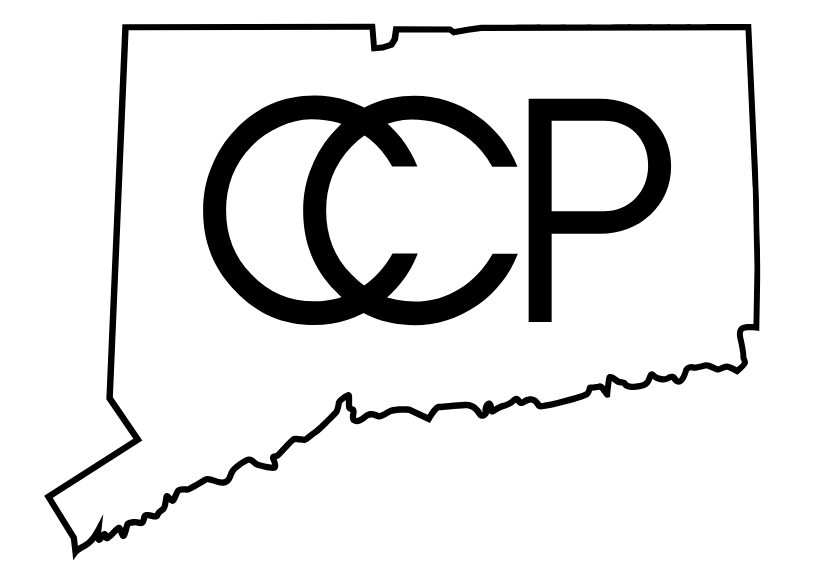Re-Making Middletown: Race and Redevelopment in Mid-20th-century New England

In 1950, as Middletown, Connecticut celebrated its 350th anniversary, the city’s 18th- and 19th-century riverfront streets remained bustling Italian American, Polish American, and Black neighborhoods. First- and second-generation Sicilian Americans owned tenements, ethnic groceries, and ethnic fish markets on Center Street. Several blocks south, in Middletown’s South End, Black migrants from the South formed churches, businesses, and neighborhoods, creating a forced tight-knit enclave amidst de facto residential and job segregation.
Three decades later, when redevelopment in Middletown was drawing to an end, the downtown landscape was nearly unrecognizable, altered in previously unimaginable ways. In pursuit of economic progress and growth, redevelopment had demolished huge swaths of Middletown’s downtown, replacing them with the highway, parking lots, and shopping centers, displacing hundreds of residents and eliminating these long-standing neighborhoods.

To recover the history of this displacement, interviews have been conducted with more than two dozen former residents of the South End, creating the first oral history of the once-vibrant Black neighborhood. This project is a collaboration between the Carceral Connecticut Project and the Middlesex County Historical Society (MCHS) under the supervision of its Director, Jesse Nasta. The interviews were undertaken by students in Nasta’s Carceral Connecticut course, taught as part of the CCP.Re-Making Middletown will be mounted in the summer of 2025 at MCHS. It will include not only substantial excerpts from the oral histories, which will be used as the conceptual framework for the installation, but also historical images and artifacts (industrial, religious, business) on loan from former South End residents together with objects from the historical society’s collections. The exhibition will situate the near demolition of the Black South End neighborhood in 1973 within the national trend of urban renewal that saw the destruction of vast swaths of cities – small and large – across the country as part of discourses of civic improvement.


